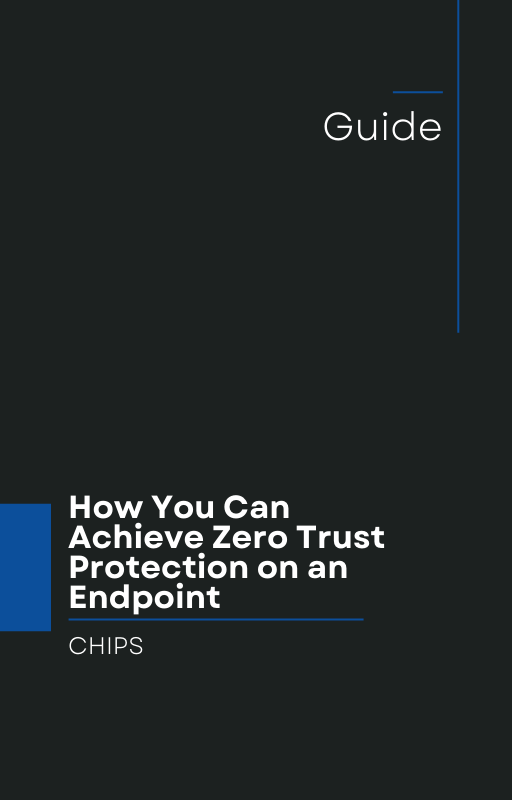A New Era of Zero-Day Risks for Windows
A recent report from The Hacker News revealed a stark reminder for every IT leader: Microsoft’s October 2025 Patch Tuesday addresses 183 security flaws, including three zero-days currently exploited in the wild — and two of those affect every version of Windows ever shipped. The Hacker News
These two zero-days are tracked as:
-
CVE-2025-24990 (Windows Agere Modem Driver “ltmdm64.sys”) — an elevation-of-privilege vulnerability embedded in legacy code that ships with every Windows install.
-
CVE-2025-59230 (Windows Remote Access Connection Manager, RasMan) — also an elevation of privilege bug, now being exploited in real-world attacks.
What’s particularly alarming is that these vulnerabilities allow a local attacker with minimum permissions to escalate privileges — even on fully patched systems.
Microsoft is planning to remove the Agere driver entirely, rather than issue a patch for this deeply entrenched component.
These flaws affirm a sobering reality: legacy weaknesses, baked deep into Windows, can provide fertile ground for attackers — regardless of how well your organization handles patching.
Why Traditional Defenses Are No Longer Enough
Modern endpoint security has largely evolved around a familiar playbook: Detect & Respond. You deploy sensors and agents; alerts fire off; your security operations center (SOC) chases them down; forensic tools restart, contain, and remediate. But zero-day exploits — especially ones with elevation potential — often evade detection or bypass the sensor logic entirely until it's too late.
The recent Windows zero-days show that attackers are gaining footholds inside the system before alarms ever trigger. By the time alerts surface, core system integrity may already be compromised.
That’s why it’s time for a mindset shift in how we defend endpoints: from Detect & Respond to Isolation & Containment.
-
Detect & Respond is reactive. It assumes you can see the breach, interpret it correctly, and act fast enough to stop it.
-
Isolation & Containment, by contrast, assumes you won’t always see it in time — and instead focuses on preventing damage by constraining what any component, process, or exploit can do.
When an attacker does get a foothold, isolation prevents lateral spread, escalation, or system takeover. Containment keeps the blast radius minimal. This approach is especially vital against zero-days, where visibility and signatures are unreliable.
AppGuard: Enabling Isolation Before Detection
Enter AppGuard, a mature and proven endpoint protection solution built around the principle of least privilege, containment, and behavioral isolation.
With a decade-long track record in defense-sensitive environments, AppGuard does more than just monitor behavior — it enforces strong isolation policies at runtime, ensuring that even if a malicious exploit lands, its ability to harm the system is sharply constrained.
Here’s how AppGuard aligns perfectly with the modern threat landscape:
-
Default-deny execution model: only approved, pre-verified code or behaviors are allowed; unknown processes are constrained by policy.
-
Micro-containment of processes: even if a process behaves maliciously, it cannot modify unauthorized areas or escalate itself.
-
No reliance on signatures: since AppGuard focuses on behavior and boundary enforcement, it is effective even against undisclosed zero-days.
-
Proven in real-world, high-risk environments: AppGuard’s deployment across critical sectors for over 10 years validates its reliability and resilience.
Given the two new Windows zero-day vulnerabilities, AppGuard’s approach directly counters the threat: even if an attacker exploits CVE-2025-24990 or CVE-2025-59230, they will be locked into constrained behavior, unable to gain full system dominance or spread further.
What Your Business Must Do
-
Reassess your endpoint security philosophy
If you still depend primarily on detection, alerts, and manual response, your organization is exposed to exploits that slip through the cracks. -
Pursue isolation-first strategies
Transition toward defense models that prioritize containment and minimize blast impact over trying to spot every threat in real time. -
Adopt proven, zero-day resilient tools
Choose endpoint protection like AppGuard — one built on least privilege, process isolation, and behavioral restriction — so you're protected even when no signatures exist. -
Test your defenses with adversarial scenarios
Simulate zero-day or privilege escalation exploits to validate whether new tools truly constrain the damage.
Call to Action: Start Tomorrow, Not Later
The discovery of active zero-day exploits across all Windows versions should serve as a wake-up call. Businesses can no longer wait for detection and hope they respond in time. A containment-first posture is no longer optional — it’s essential.
If you’re a business owner or executive, talk to us at CHIPS. Let us show you how AppGuard can prevent these kinds of incidents before they escalate. Together, we can help you make the critical jump from Detect & Respond to Isolation & Containment — and secure your operations against threats known and unknown.
Contact CHIPS today to schedule a consultation and begin implementing advanced endpoint defenses that deliver measurable protection from day one.
Like this article? Please share it with others!

October 20, 2025

Comments